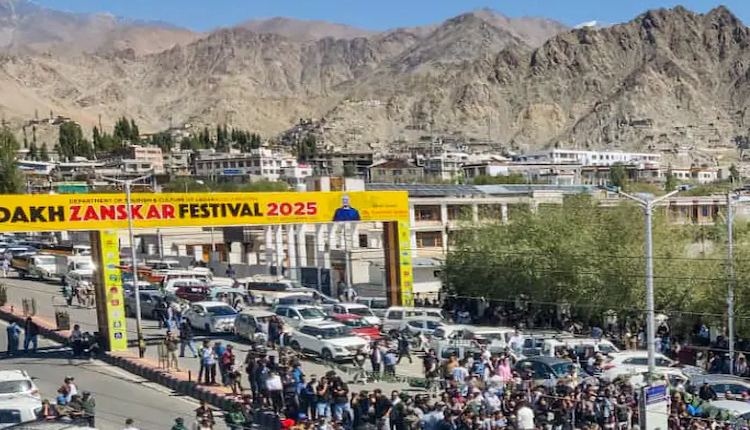Leh: Tensions simmer in the crisp Himalayan air as Ladakh’s streets echo with fervent cries for full statehood, transforming peaceful pleas into charged protests.
Residents in Leh and surrounding areas are rallying for not just Sixth Schedule protections but a complete upgrade from Union Territory (UT) status to a self-governing state, demanding greater say in their frost-kissed destiny. But what exactly does this coveted elevation entail, and why is it sparking such a storm?
At its core, full statehood flips the script on Ladakh’s current setup. As a UT, administrative reins rest largely with New Delhi, limiting local control. A vibrant ecosystem would emerge upon elevation to statehood, with an elected assembly, a chief minister, and a dedicated government leading the way. While the Centre maintains oversight over defence, foreign affairs, and currency, states exercise broad autonomy to create and implement laws that reflect their distinct social, cultural, and geographic characteristics.
The journey to statehood isn’t a mere proclamation; it’s a constitutional odyssey under Article 3 of the Indian Constitution, empowering Parliament to redraw boundaries or birth new entities. It kicks off with grassroots demands from locals or parties, funnelling petitions to the Centre for cabinet scrutiny. Once vetted, it reaches the president, culminating in a state reorganisation bill tabled in Parliament. Approval from both houses seals the deal, ushering in a new era of governance.
The allure? The result is a cascade of empowerment. States can fine-tune policies for infrastructure, education, and healthcare at the grassroots, fostering decisions that resonate with rugged terrains and sparse populations. Local bodies like panchayats and municipalities thrive under a state umbrella, gaining teeth to deliver. Fiscal freedom also flourishes as states levy and collect taxes, directing resources to areas of greatest need, such as remote schools and glacial roads. Most crucially, Ladakhis would gain dual representation: voices amplified in both Parliament and their own assembly, diluting over-reliance on Delhi and amplifying regional narratives on the national stage.
However, this initiative is not without its challenges. Protesters decry unfulfilled promises post the 2019 bifurcation from Jammu and Kashmir, fearing cultural erosion without safeguards. As marches swell, the demand underscores a deeper quest: not just paperwork, but a promise of prosperity etched in Ladakh’s lofty peaks. Will New Delhi acknowledge the pulse of the highlands, or will the conflict intensify?



Comments are closed.